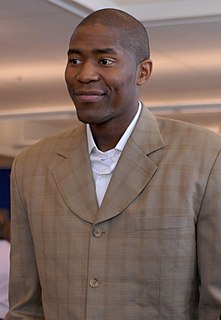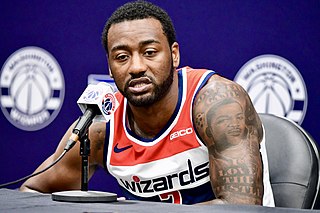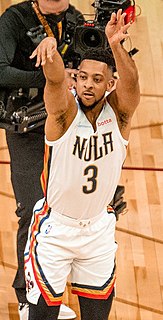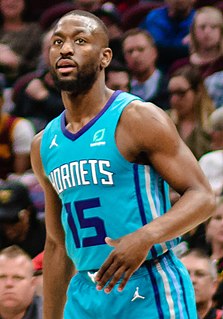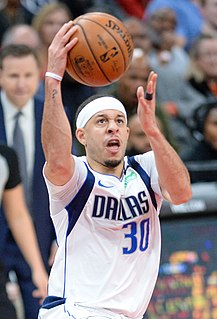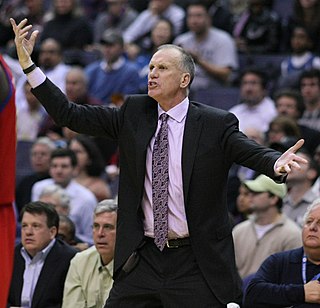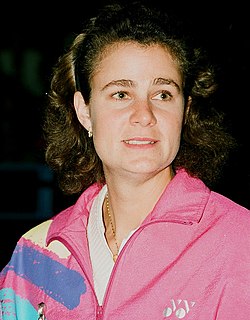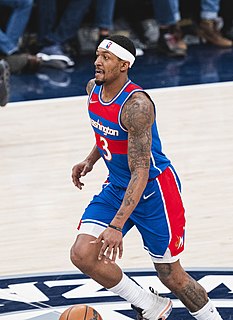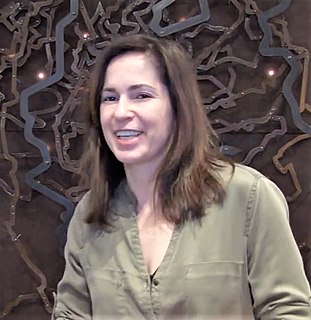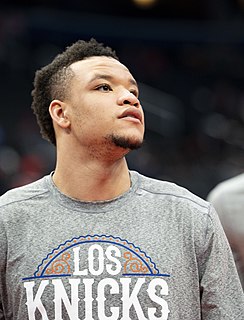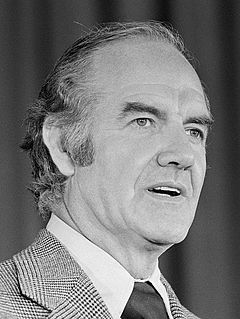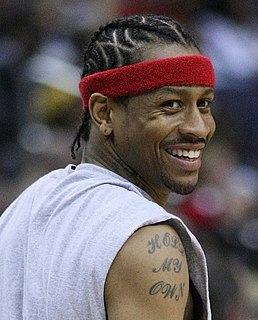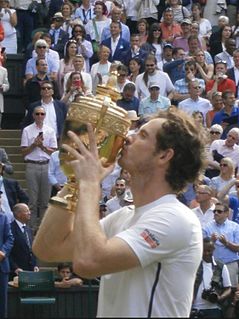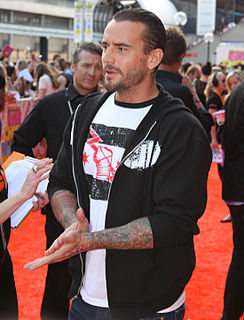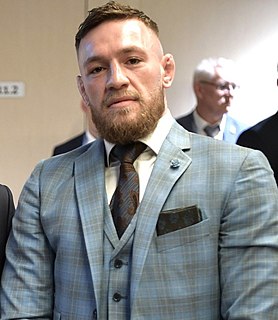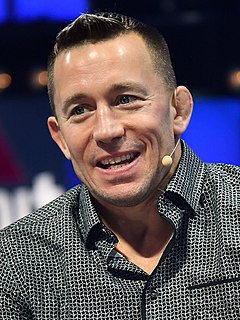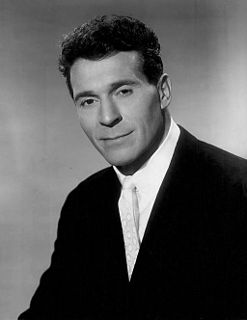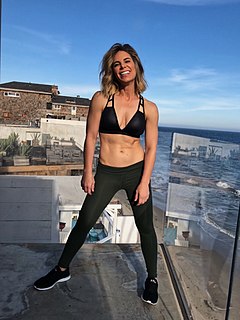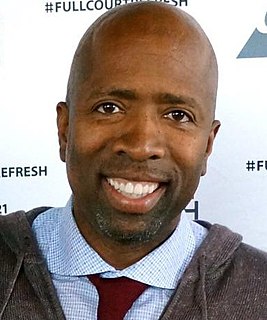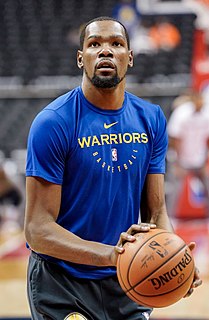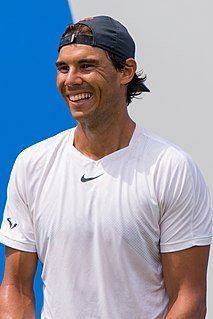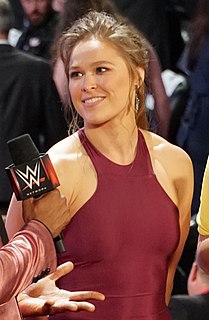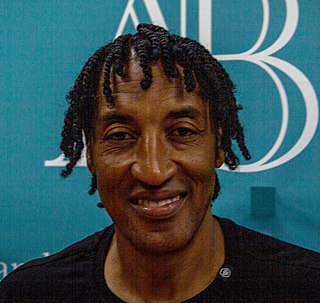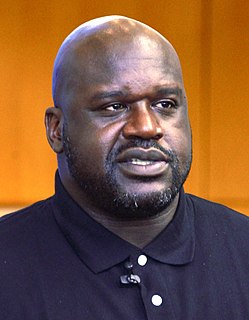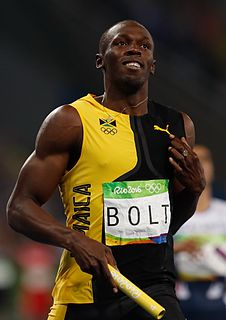A Quote by Jamal Crawford
There are basically five ways to score in the half court. Layups, mid-range, three-pointers, free throws - and then what I call 'tough shots.' Tough shots come anywhere on the floor, under difficult circumstances. The ability to create that shot is a special skill in the NBA.
Related Quotes
It's been a part of my game for life. It's tougher to finish in the lane so you've got to find different areas to score efficiently and the mid-range contested shot is a shot a lot of teams will live with. And it's a shot I'm willing to live with as well just because I've gotten so many shots at it and I'm comfortable with it.
For me, it's just finding ways to create shots. I feel like if I got a shot off, it has a good chance of going in. So it's finding ways of creating different shots. Being smart. I watch film a lot, and different tricks that I can do to get my shot off the ball and creating ways to get shots off of pick-and-rolls or one-on-one situations like that.
